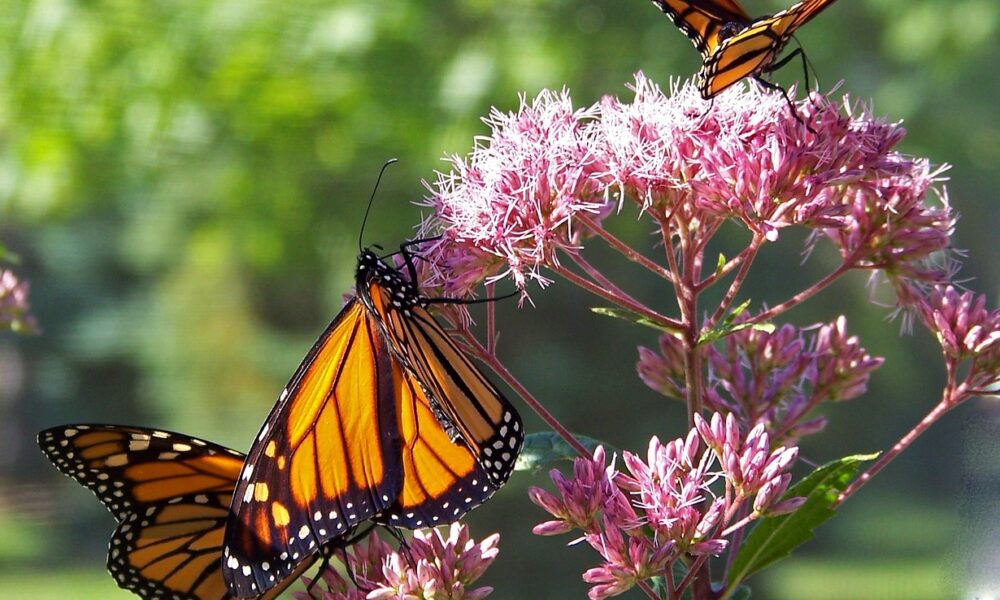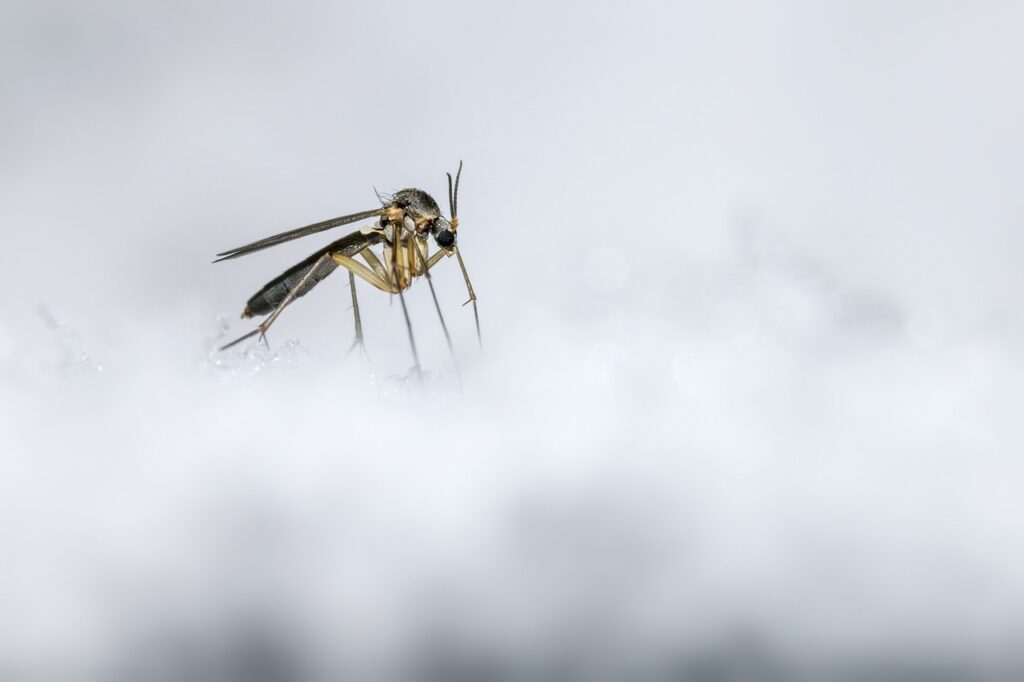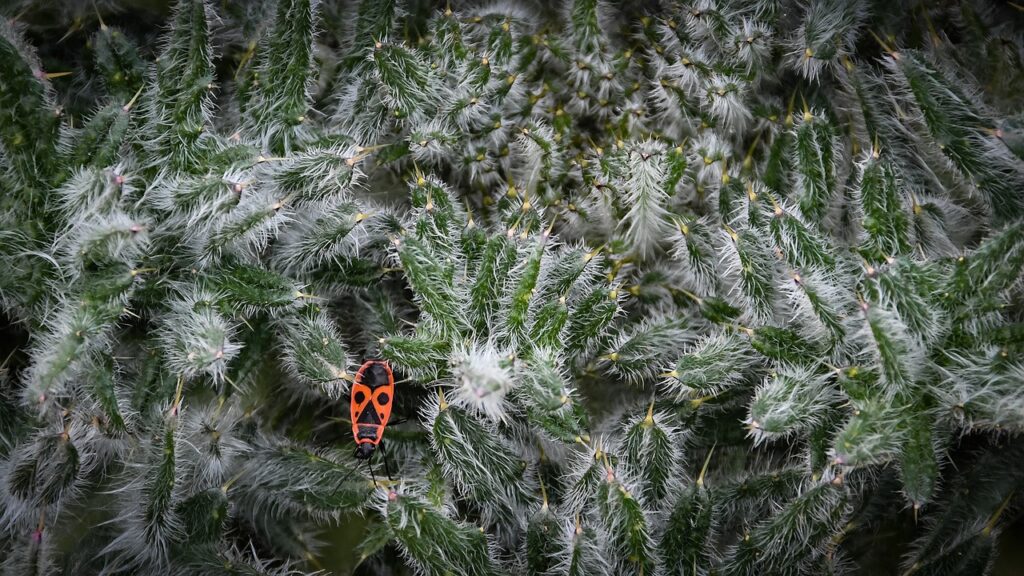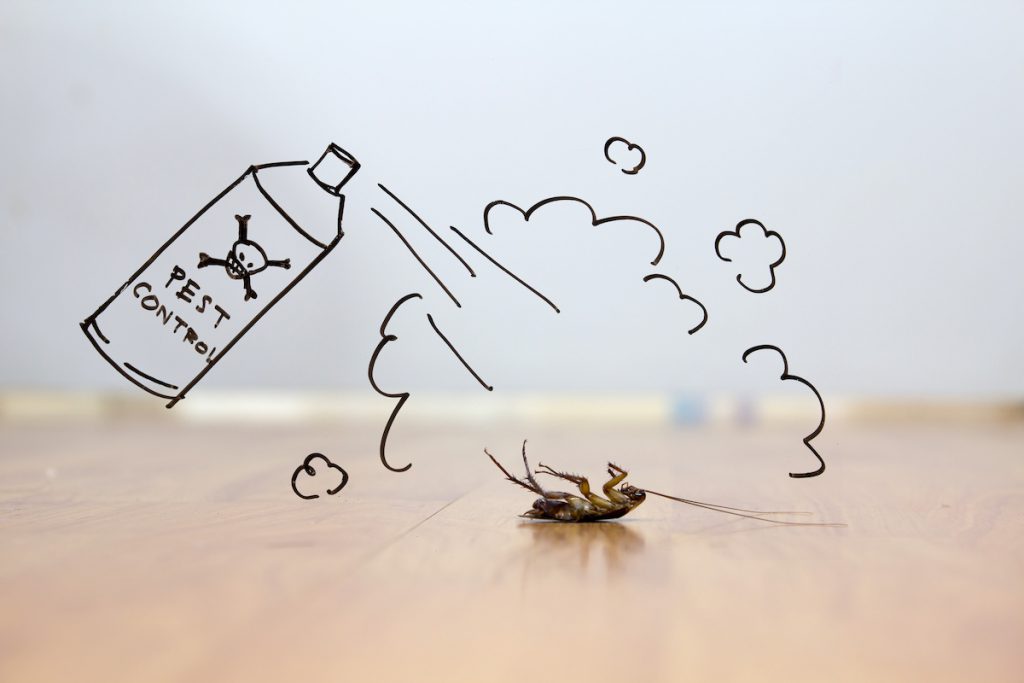
Each year when spring rolls around, the insects start to emerge. You see the butterflies floating around the flowers, bees buzzing to and fro, ants marching in line, and mosquitos doing what they do best: driving us crazy. But where did they emerge from; they had to come from somewhere? Where do they go in the winter? Do all bugs die in the winter due to the cold temperatures?
Well, if they die, their eggs or larvae must survive somehow, or they would never reemerge. Right? So, let’s look into which bugs die in the winter and which use natural strategies to survive the winter months. To do that, we must break it down into the various overwintering techniques since each is different.
Proactive Pest Control knows bugs. Therefore, we have put this research together for our clients to answer their questions. After all, pest control starts with knowledge. Here is what we have found.
Insects in the Winter
Insects use several strategies to survive the winter, if not for themselves, for future generations. Here we will break down the various techniques and define them. Insects will use any of the following natural overwintering strategies; migration, diapause, antifreeze, laying eggs, huddling up, and hiding.
In the paragraphs to come, we will define each term, then list the various common insects using these techniques to survive the winter cold. All the quoted definitions are from Wikipedia for consistency.

Overwintering for Winter Months
“Overwintering is how an insect passes the winter season. Many insects overwinter as adults, pupae, or eggs. This can be done inside buildings, under tree bark, or beneath fallen leaves or other plant matter on the ground, among other places. All such overwintering sites shield the insect from adverse conditions associated with winter. Activity almost completely ceases until conditions become more favorable.”
This method is much like the hibernation bears use to avoid the winter cold. However, there are many ways insects utilize overwintering. These are the genius designs created for insect overwintering and a few examples of insects that use these methods.
Migration
“Insect migration is the seasonal movement of insects, particularly those by species of dragonflies, beetles, butterflies and moths. The distance can vary with species and in most cases these movements involve large numbers of individuals. In some cases the individuals that migrate in one direction may not return and the next generation may instead migrate in the opposite direction.”
The monarch butterfly is one that migrates to warmer temperatures. They are such fragile insects that endure long journeys for survival, only to return to the spot of their own birth. They fly from the US and Canada to Mexico and then back again. And the flight of the butterfly is one marveled by all who witness the path. It is truly fantastic.
The globe skimmer dragonfly will migrate from East Africa to India and back again, which is the longest migration path known. Their flight is like the path from Alaska to the Florida Keys! Now that is a long way for anything to travel, much less a dragonfly.
Also, the painted lady moth migrates over generations. Each generation continues the journey.
Additionally, the pink-spotted hawkmoth, the large milkweed bug, the wandering glider, and the common buckeye butterfly all migrate.
Diapause
“In animal dormancy, diapause is the delay in development in response to regularly and recurring periods of adverse environmental conditions. It is a physiological state with very specific initiating and inhibiting conditions. The mechanism is a means of surviving predictable, unfavorable environmental conditions, such as temperature extremes, drought, or reduced food availability.”
- Monarchs that are born into cold temperatures will enter a diapause state until time to migrate.
- Female mosquitoes enter a diapause state to pass the winter months. The males die in the winter cold.
- The emerald ash borer enters diapause in the winter right where they have been feeding all summer, under the tree’s bark.
- Even certain cockroaches will enter a state of diapause to wait out the winter months.
Antifreeze
Antifreeze proteins are found in insects that use this method to survive extremely cold temperatures. These proteins bind to tiny ice crystals to stop the ice growth that would typically be fatal. The insects that use these techniques are certain beetles and some moths.
Wooly bear caterpillars curl up in leaf masses and utilize the natural and homemade antifreeze in their bodies to survive. Likewise, the Alaskan Upis beetle, the snow flea, and the fire-colored beetle all use antifreeze proteins.

Laying Eggs for Winter
When the insect is not one to survive the winter, it will typically lay eggs that can survive underground or in a safe place determined by the parental bug. For instance, the praying mantis lays eggs in a foamy egg mass that is fixed onto a twig. The corn rootworm uses the same method.
Spiders also die after laying their eggs in the fall. The eggs hatch in the spring after the cold weather is gone.
Huddling Up
Who doesn’t want to huddle up in the cold weather? But these insects use the survival method, not just a cozy night by the fire. They use their collective body heat to keep one another warm in extreme temperatures. For example, honeybees will huddle up in clusters in the hive and vibrate their wings to increase the cluster temperature.
- Ants and termites will do the same. They go deep into the earth to gather for warmth.
- The Convergent lady beetles huddle up under rocks and even on branches to join body temperatures and keep warm.
Hiding
And then there are those with the sense to come out of the cold. But these insects may be the very bugs you struggle to keep out of your home in the wintertime. Here are a few you may be seeing in your home this winter.
- The fire ant will go deep into the ground to hide from the cold temperatures.
- Cockroaches will find warmth by entering your home or anywhere warm.
- The Asian lady beetle, brown marmorated stink bug, and western conifer seed bug will all seek refuge in the walls and cracks of any building they can find to wait out the winter.
- Spiders like the black widow will hide in buildings, homes, or shelters to wait until their food supply becomes active again.
- And certain wasps will simply hide in trees or the rafters of your attic and wait out the cold.
Clever insects, wouldn’t you agree? But if these insects are found in your home, chances are you will not feel like being so hospitable. Proactive Pest Control can lend a helping hand.
Did we answer your question? Do all bugs die in the winter?
Clearly, all bugs do not die in the winter. Insects use these specifically designed techniques to battle the temperatures and keep their kind going on generation after generation, through climate change and more.

Proactive Pest Control Eliminates Pests in Every Season
No matter the season, the professional exterminators at Proactive Pest Control are here for your pest elimination needs. We offer full-service treatment options for year-round pest control that range from quarterly to yearly and even one-time options.
Click here to learn more about our pest control services.
Our company is always staying on the cutting edge of the pest control industry. We offer a wide variety of pest, mosquito, termite, and preventative solutions to our clients. We pride our business on keeping our old-fashioned customer service while maintaining the highest training and education levels possible.
If you’re in Gwinnett, Barrow, Walton, Athens-Clarke, or surrounding areas, then you’re in luck! You’re just one phone call away from a free consultation.